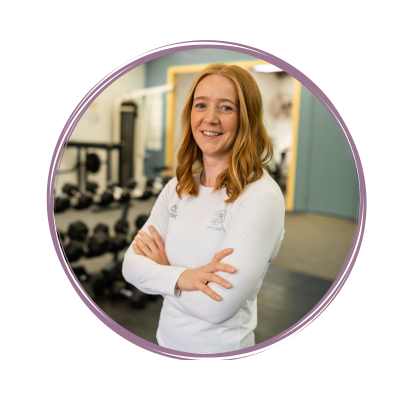





Research supports the use of physiotherapy including exercise and manual therapy, amongst other modalities for the treatment of shoulder subacromial pain. It is suggested that at least 6 weeks of exercise aiming to restore scapular and shoulder motion is more effective than placebo or no treatment at improving pain and function in the short, medium and long term. Furthermore, In relation to massive inoperable rotator cuff tears studies suggest that 12 weeks of physiotherapy strengthening improves pain and functional use of the arm, particularly when only one tendon is involved (see here).
In relation to frozen shoulder research also supports the use of physiotherapy in certain cases for between 6-12 weeks with the use of exercise and shoulder joint mobilisation/stretching in reducing disability and improving disability, However, this will be dependent on the stage and irritability of the condition. Orthopaedic interventions such as injections are also recommended in the literature, therefore if you'd like to know the best course of action for your frozen shoulder, please come and speak to one of us.